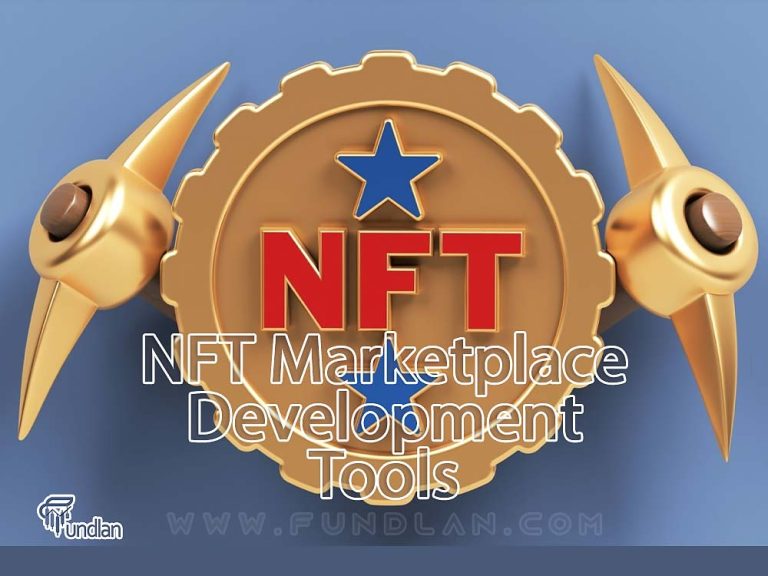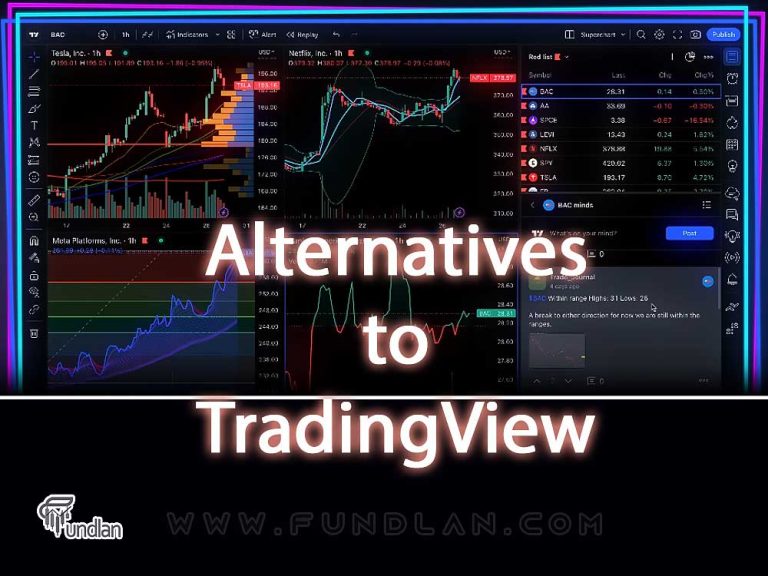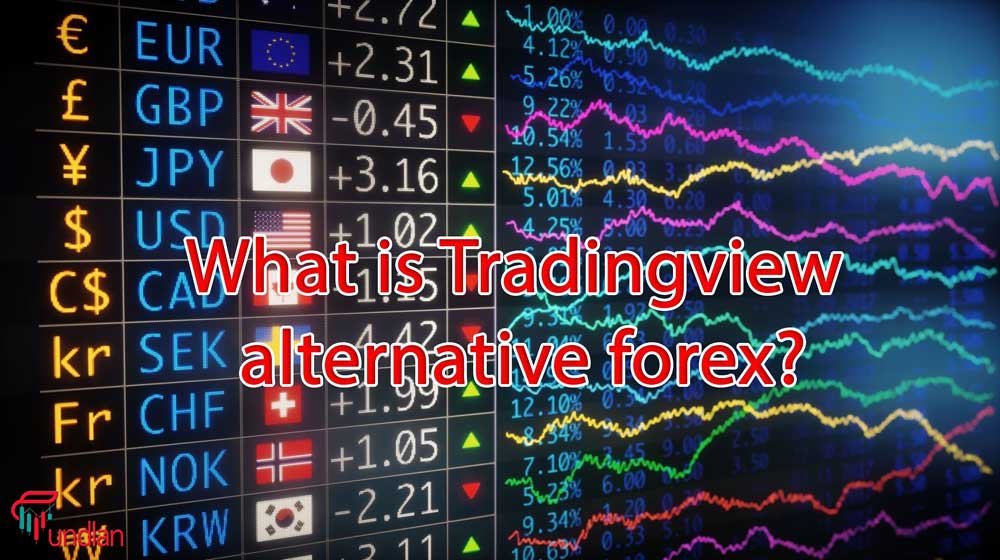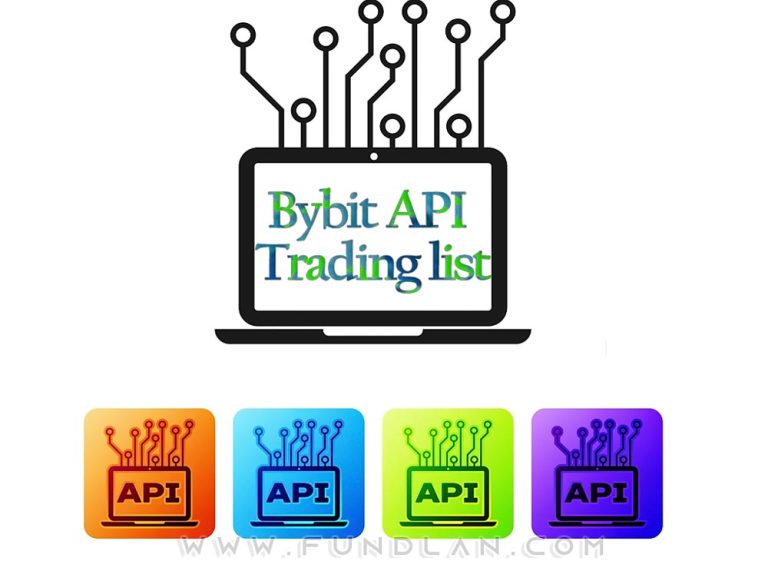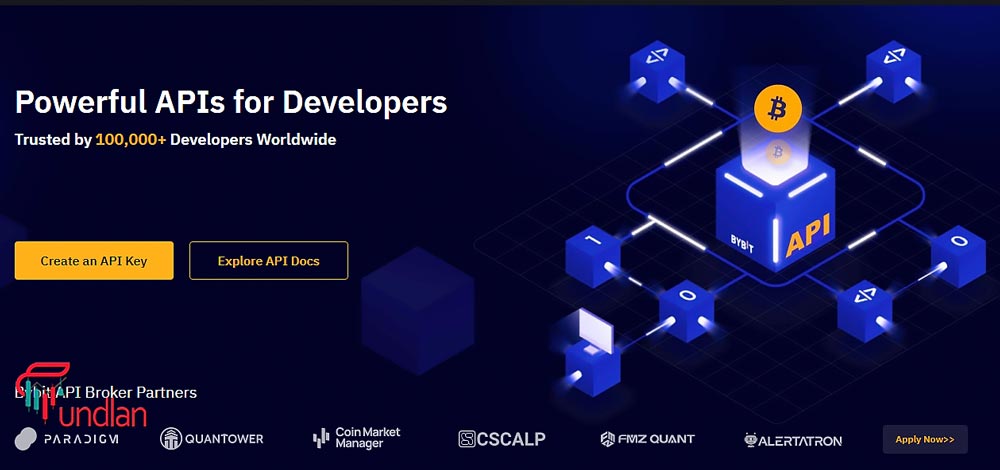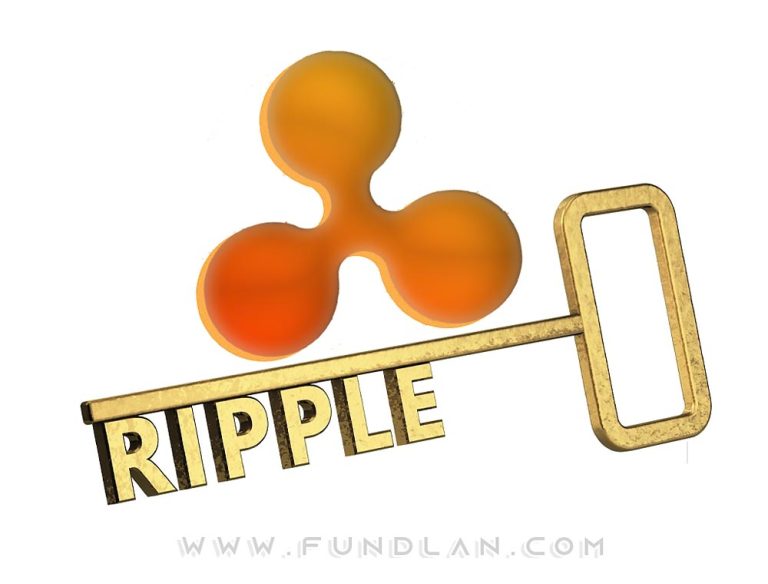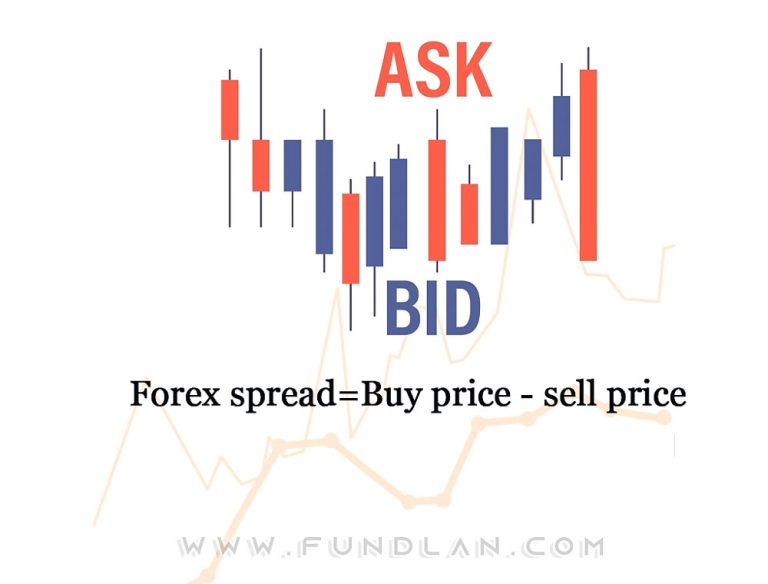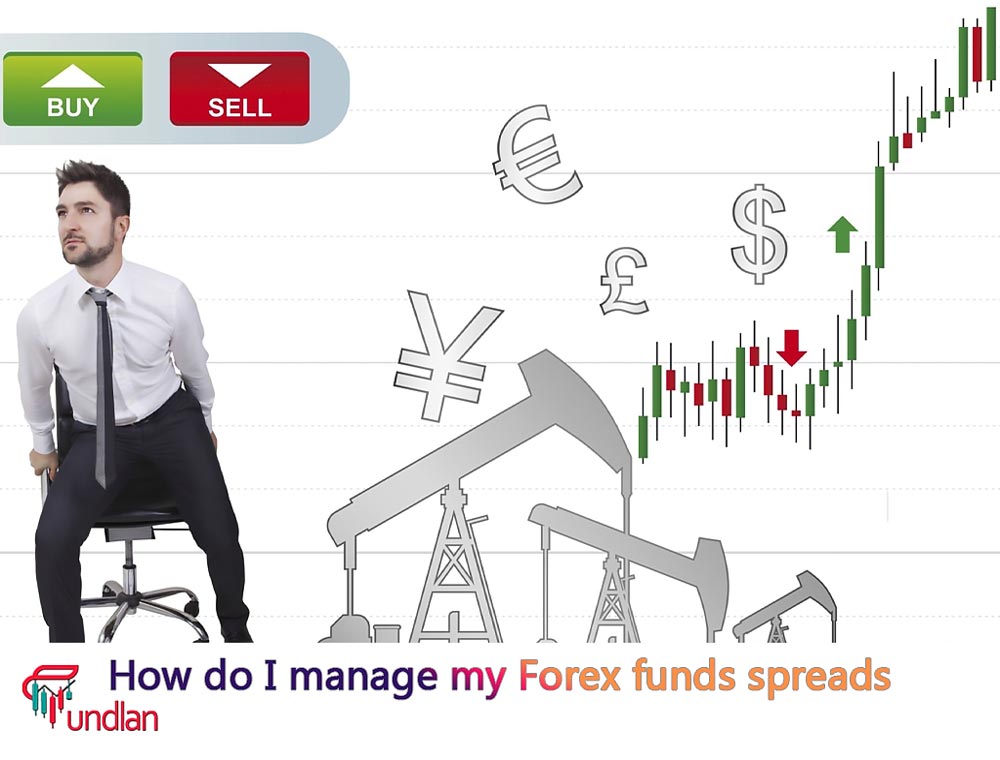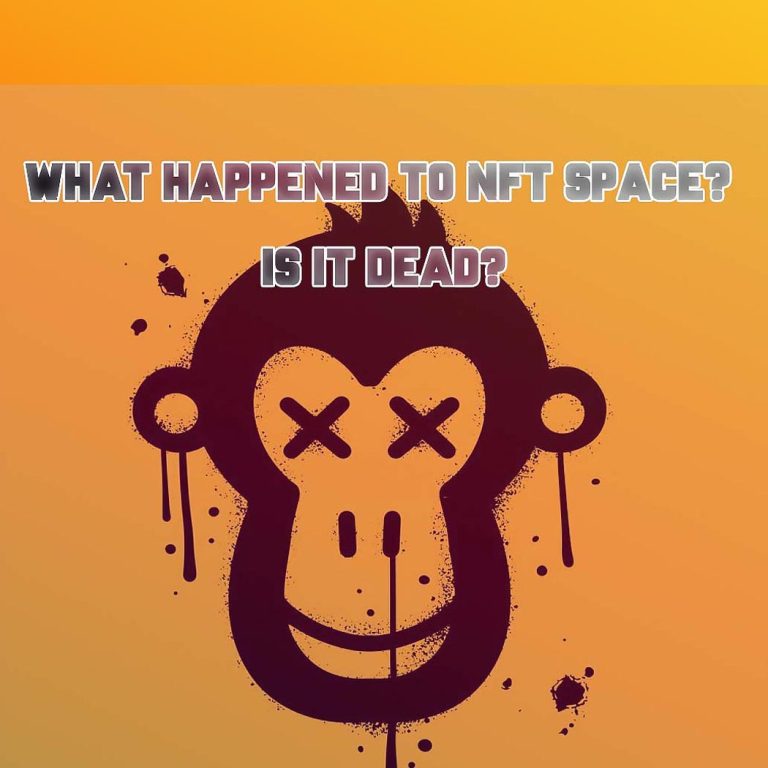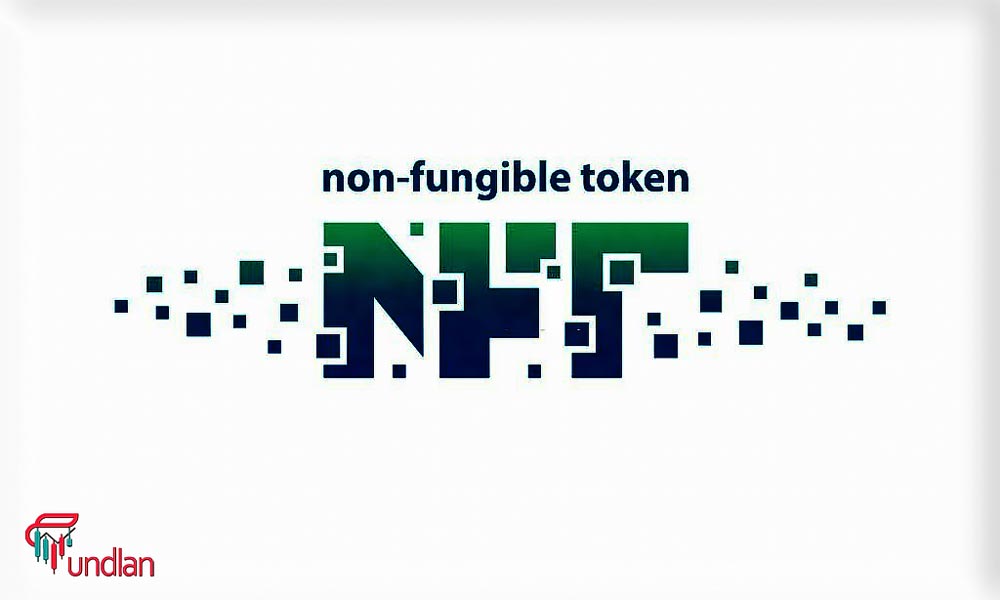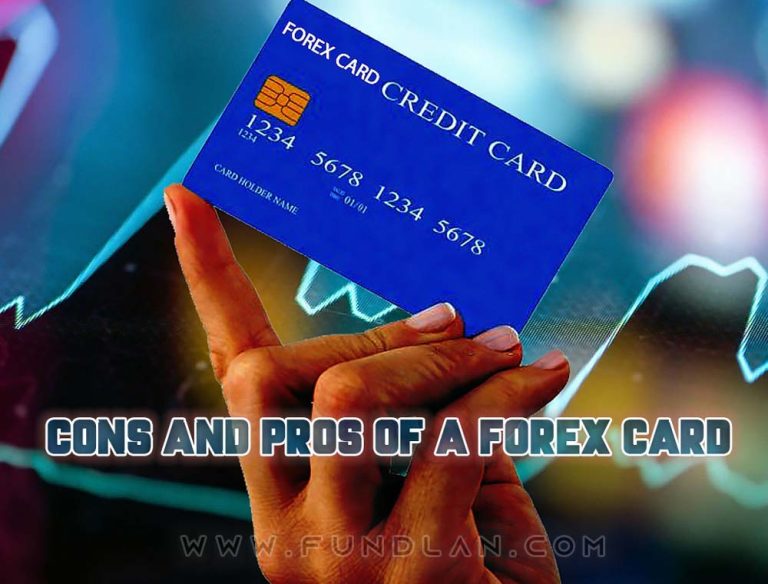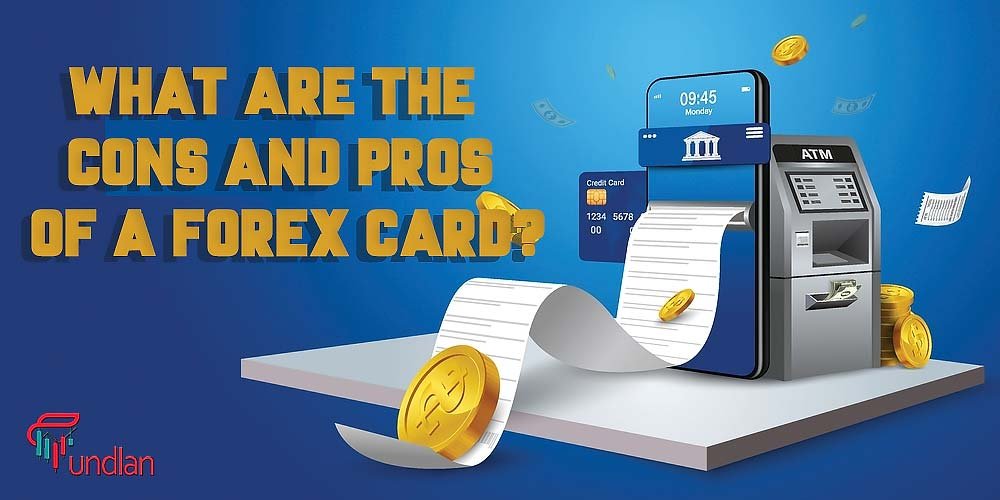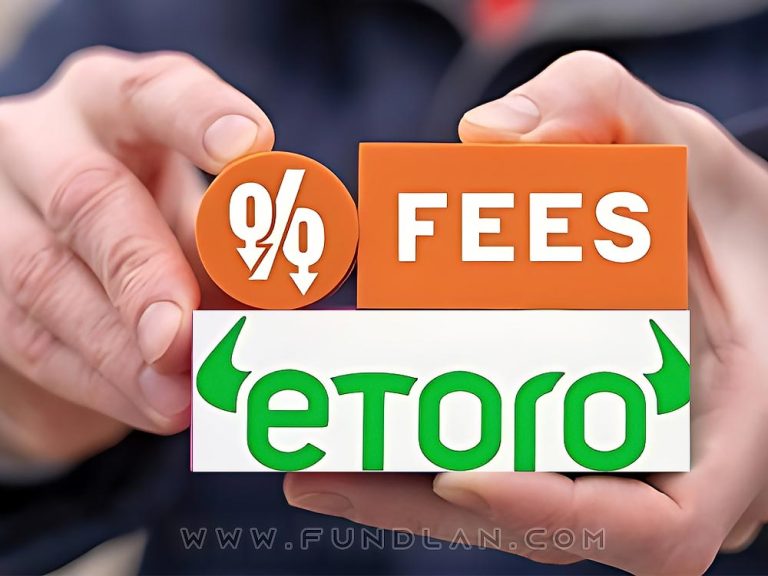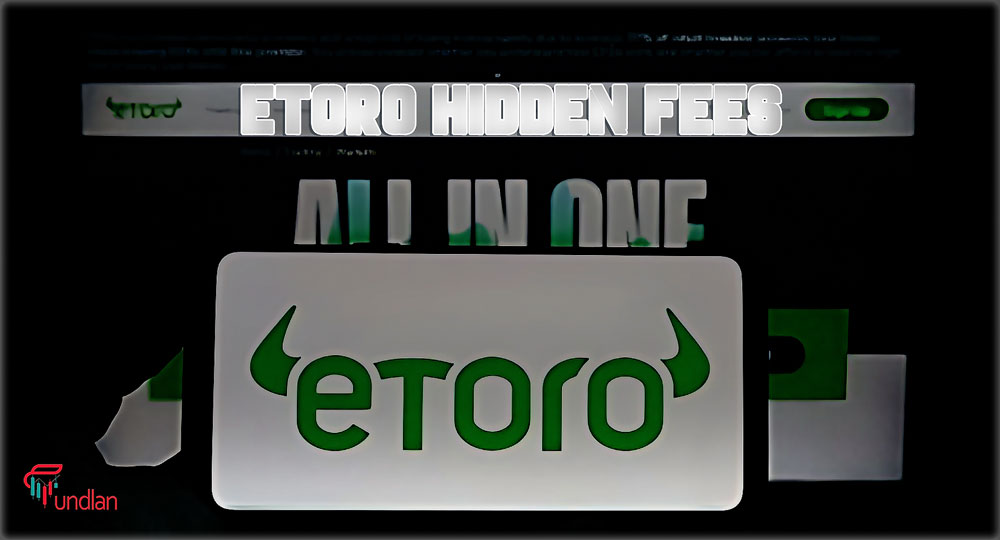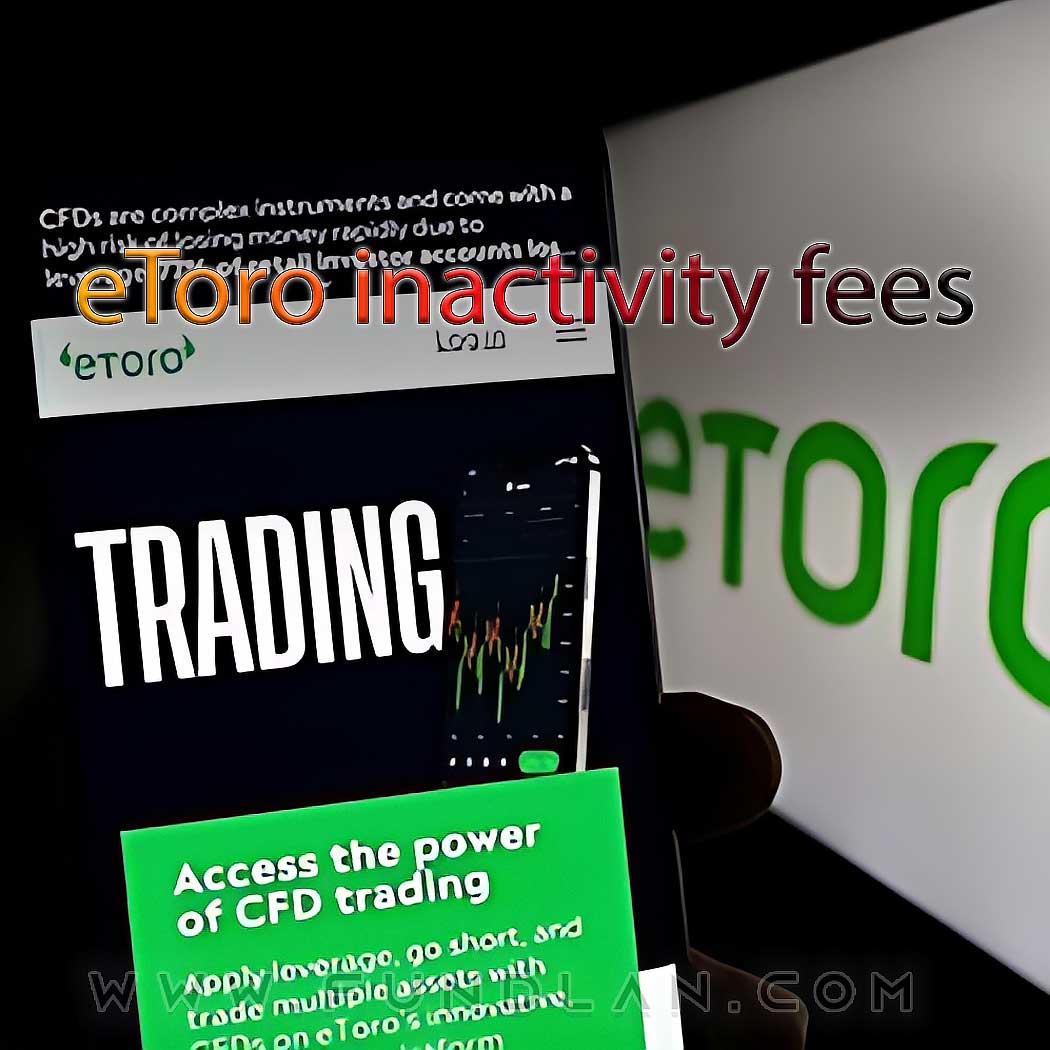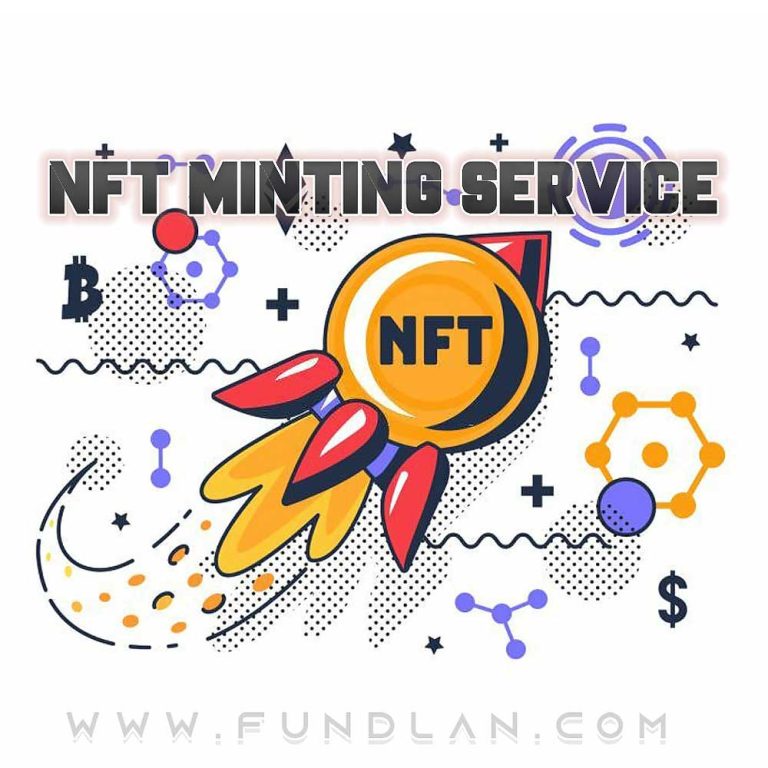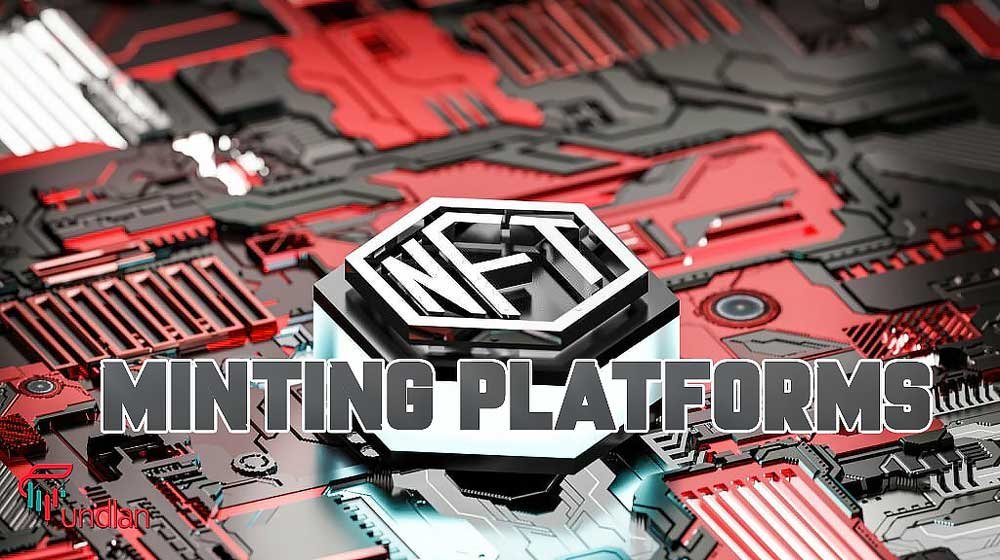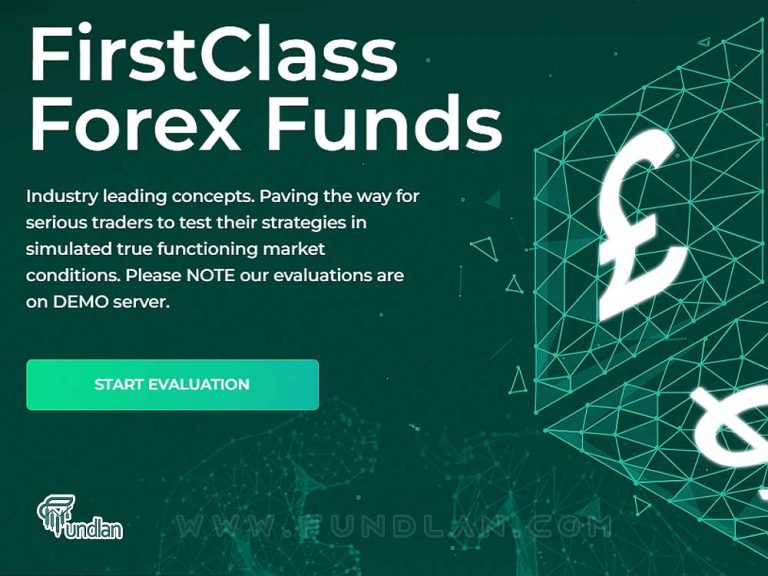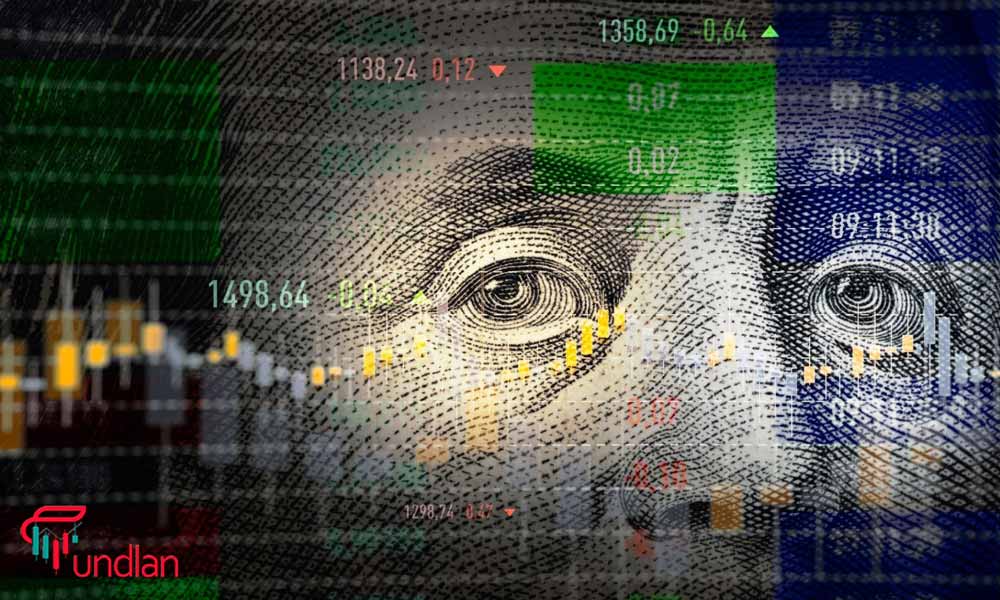It is crucial to discern the best NFT marketplace development tools. These indispensable resources empower creators and entrepreneurs to craft unique, thriving NFT platforms.
Ethereum is a Solidity language that remains popular due to its robustness and extensive community support.
Furthermore, the Binance Smart Chain offers BSCscan for monitoring and debugging smart contracts.
Flow by Dapper Labs stands out for its user-friendly Cadence language.
Polkadot’s ecosystem Substrate framework provides flexibility and interoperability. Stay tuned for more details on the best NFT market development tools.
What is the web 3.0 NFT marketplace development?
The development of the Web 3.0 NFT market is the latest technological innovation.
These unique digital assets, representing ownership of anything from art to virtual real estate, have ignited a revolution in how we value and trade online.
The
NFT marketplace is more than just a marketplace; it’s a decentralized ecosystem where creators and collectors converge to redefine the digital economy.
Interoperability is one of the critical facets of Web 3.0 NFT marketplaces. Tools like Chainlink and The Graph enable cross-chain functionality and data indexing, enhancing user experiences.
Moreover, embracing decentralized storage solutions like IPFS ensures data resilience and security.
Creating a successful Web 3.0 NFT marketplace demands utilizing the best NFT marketplace development tools.
Also, selecting the best NFT marketplace development tools will be pivotal in shaping the future of digital asset exchange.
Ethereum is a robust ecosystem, with platforms like OpenZeppelin and Hardhat simplifying smart contract deployment and management.
And the emergence of alternative blockchains like Binance Smart Chain and Solana expands the development possibility.
Best NFT marketplace development company?
Selecting the best NFT Marketplace Development Company is a pivotal decision when venturing into the world of NFTs. With the NFT market booming, partnering with a skilled and innovative team is essential for success.
Several companies have emerged as frontrunners, each bringing unique expertise and innovation.
· OpenSea
OpenSea is perhaps the most prominent NFT marketplace (avalanche NFT marketplace), known for its user-friendly interface and extensive range of digital assets. OpenSea has hosted many high-value NFT sales, including digital art pieces, virtual real estate, and collectibles.
· Variable
It is a decentralized marketplace that allows users to create, buy, and sell NFTs easily. Rarible stands out for its governance token, RARI, which empowers the community to decide on the platform’s development.
· SuperRare
SuperRare is renowned for its focus on digital art NFTs, providing a platform for artists to tokenize their work. Notable artists like Beeple have made headlines with multi-million dollar NFT sales on SuperRare.
· MakersPlace
MakersPlace emphasizes the connection between artists and collectors, fostering a vibrant creative community. It has succeeded with artists like Trevor Jones and their innovative, interactive NFTs.
Best white label NFT marketplace development company?
When establishing a white-label NFT marketplace, choosing the Best white-label NFT Marketplace Development Company is a pivotal decision.
These companies provide tailored, turnkey solutions for entrepreneurs and businesses looking to venture into the NFT space without the complexities of starting from scratch.
Here we bring you 4 of the best white-label NFT market development companies:
1. Maticz technologies
Maticz Technologies stands out for its expertise in blockchain development and NFT marketplaces. They have delivered robust, customizable white-label NFT marketplace solutions that cater to various industries, from art to gaming.
2. Antier solutions
Antier Solutions is known for its end-to-end NFT marketplace development services. They have enabled clients to launch their NFT marketplaces quickly, providing the tools for success.
3. HashCash Consultants
HashCash Consultants offers white-label NFT marketplace solutions powered by blockchain technology. They have assisted clients in creating NFT marketplaces that support multiple blockchain networks, enhancing accessibility.
4. Zab technologies
Zab Technologies offers white-label NFT marketplace development services focusing on user-friendliness and customization. Their solutions are designed to integrate the Best NFT Marketplace Development Tools, ensuring a competitive edge.
Which are the best NFT marketplace development tools?
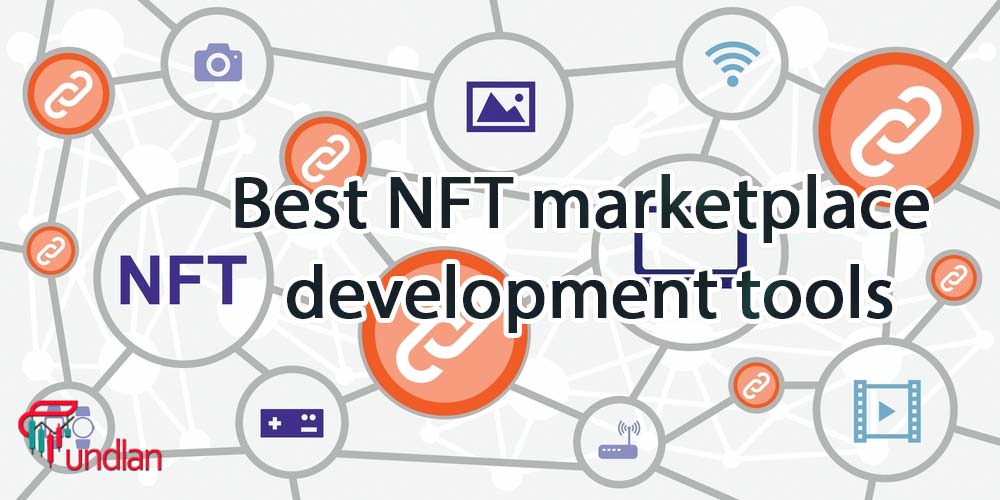
When evaluating the Best NFT marketplace development tools, distinctions arise in their areas of expertise.
Truffle, for instance, excels in simplifying smart contract deployment and boasts a welcoming user interface.
In return, Hardhat stands out for its flexibility and TypeScript support, catering to developers seeking a customizable Ethereum environment.
Chainlink takes a different path, facilitating real-world data integration for NFTs enhancing trust and reliability, while IPFS focuses on decentralized storage, ensuring data durability and accessibility.
Meanwhile, The Graph specializes in efficient blockchain data indexing, optimizing NFT marketplace performance.
The best NFT marketplace development tools serve distinct functions. Truffle and Hardhat are development frameworks, Chainlink handles data integration, IPFS manages decentralized storage, and The Graph optimizes data indexing.
The choice depends on your project’s specific requirements and goals.
In conclusion
NFT marketplace development offers diverse tools, each with strengths and specializations.
Truffle, Hardhat, Chainlink, IPFS, and The Graph cater to distinct aspects of the development process, allowing creators to craft NFT platforms tailored to their unique requirements.
Careful selection of these best NFT ideas for development tools is pivotal in shaping the success and functionality of these innovative digital ecosystems.


